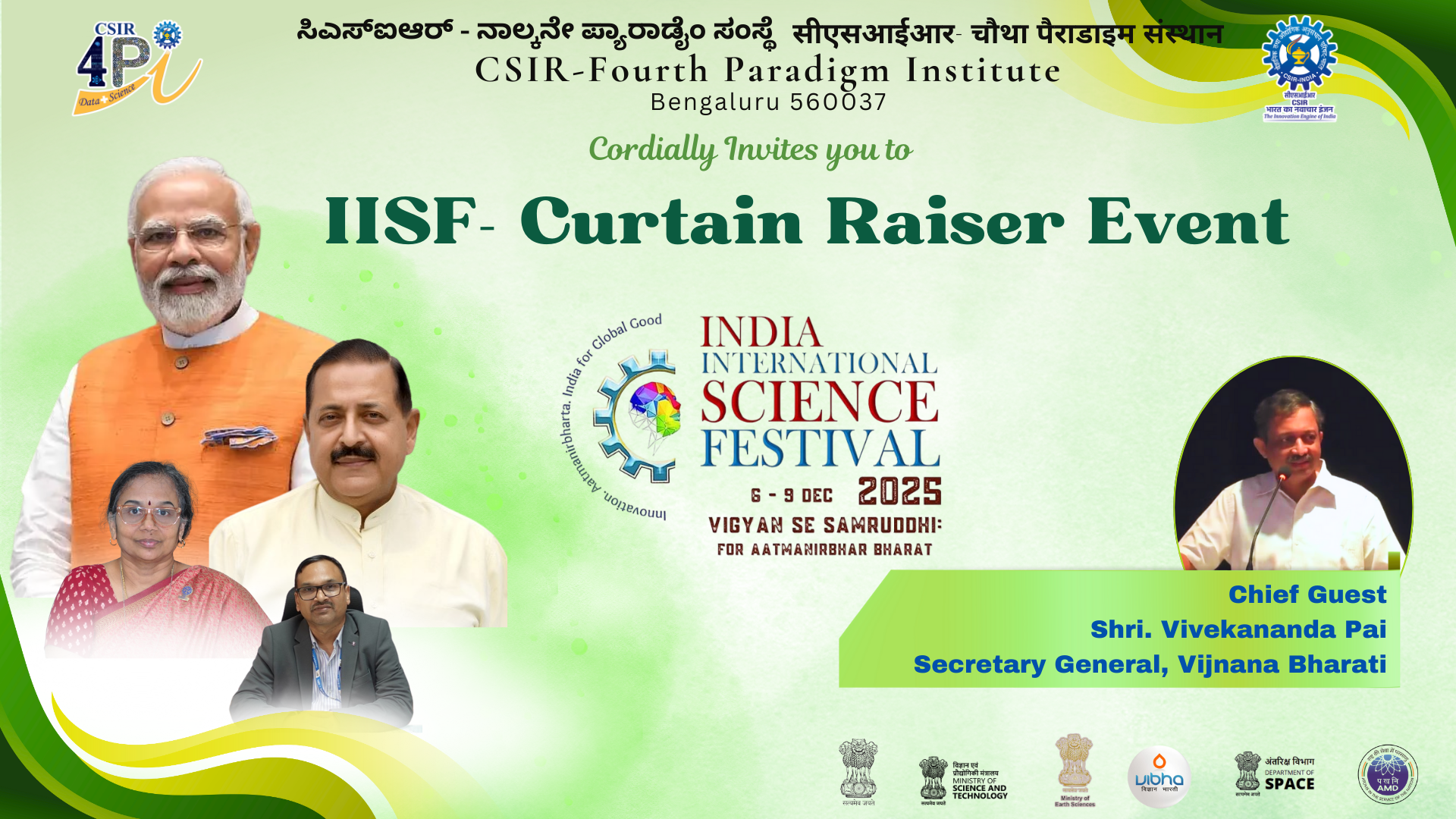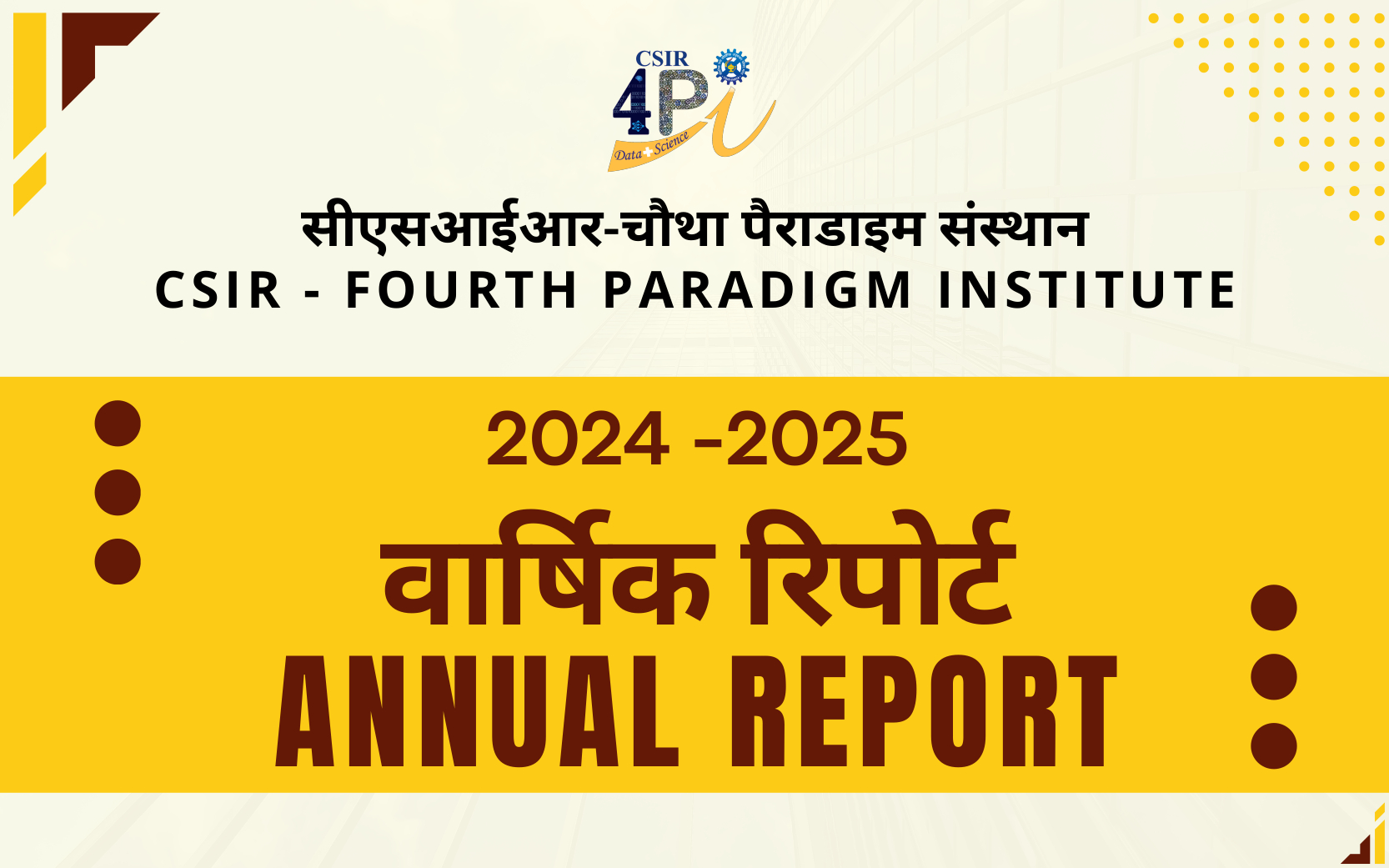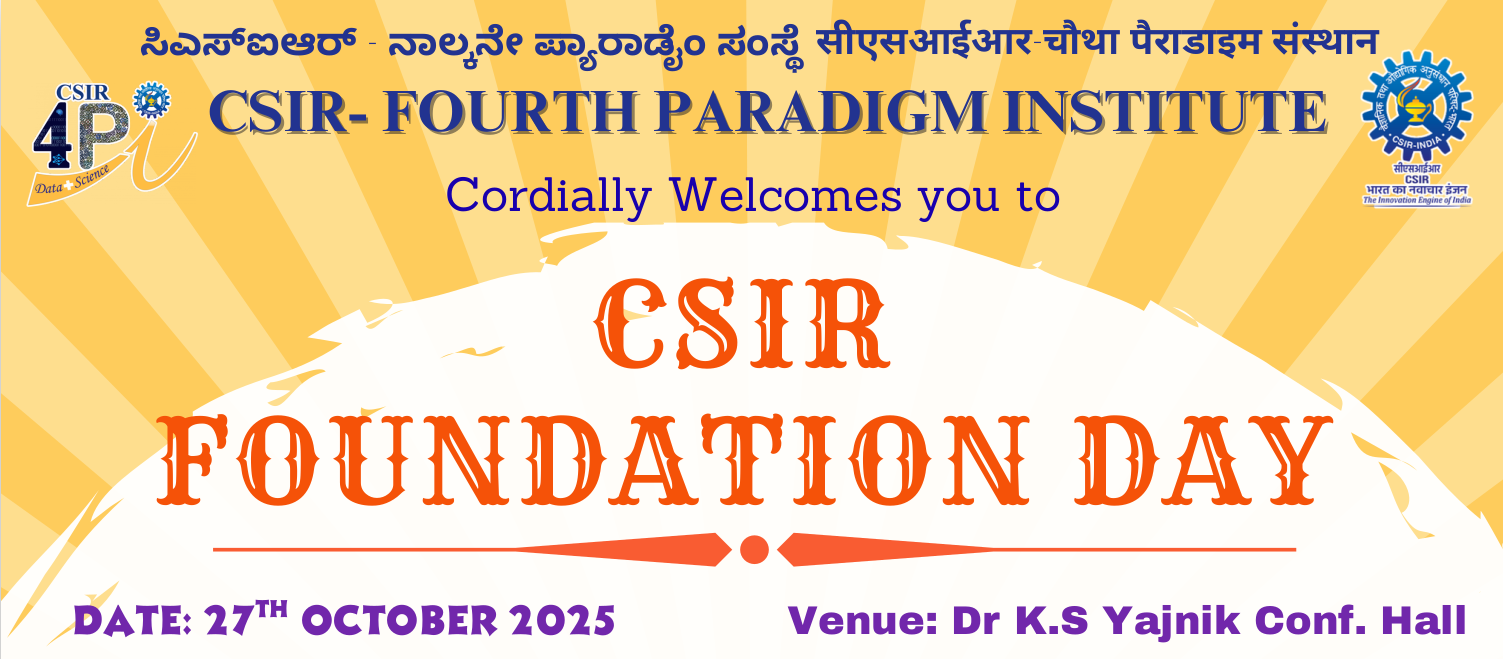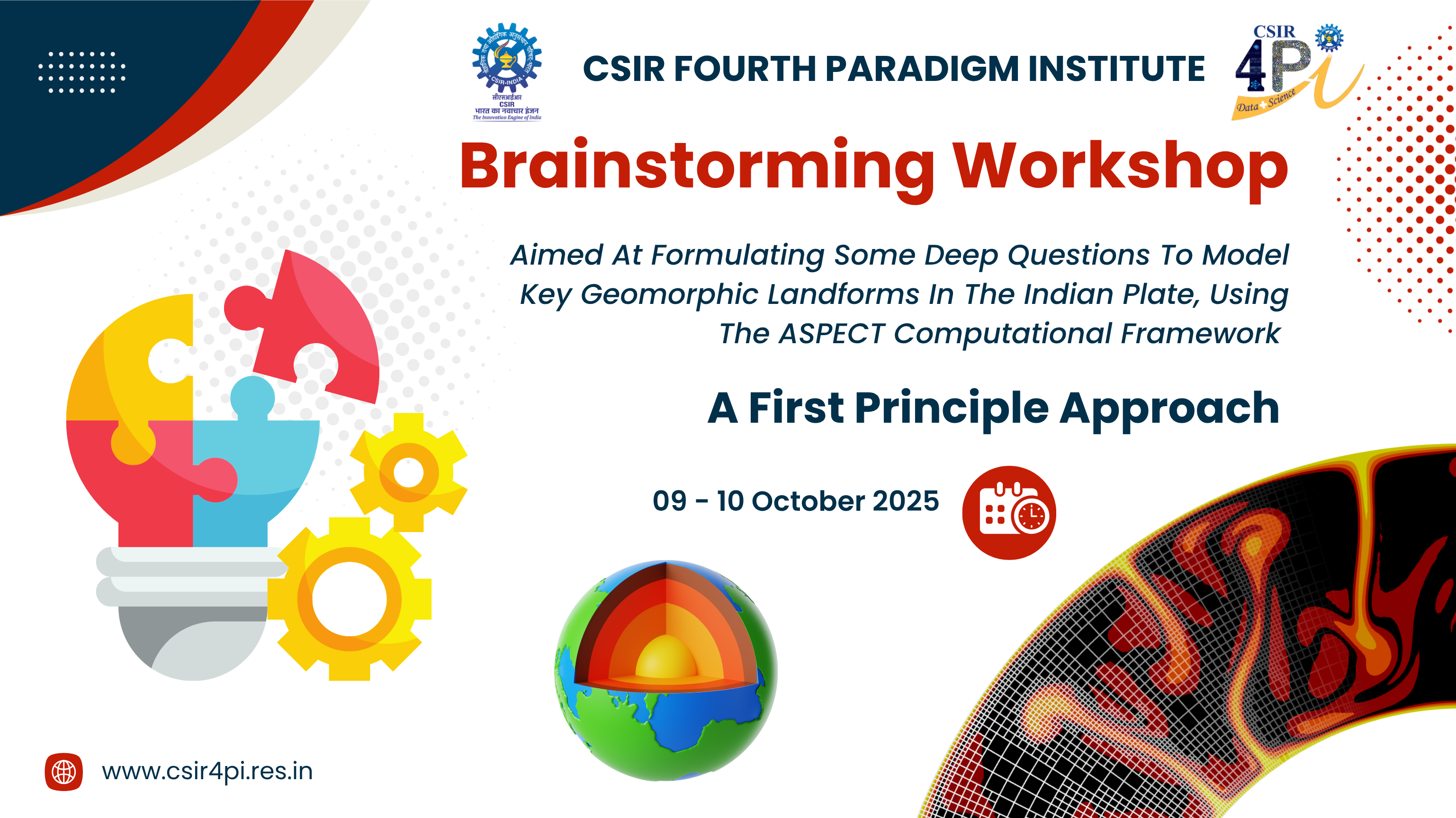Quantifying CMIP6 models’ performance in simulating marine heatwaves over the Indian Ocean region: A comprehensive analysis of key MHW properties and future projections
by S Swetha & K V Ramesh
This study quantifies CMIP6 models’ performance in simulating marine heatwaves (MHWs) over the Indian Ocean based on MHW properties like frequency, heatdays, and intensity. Spatial and temporal variations were assessed using spatial skill scores (SS score) and M2 scores, with model skills quantified by the performance score (PS), ranging from 0 to 100. The top three qualifying models, CMCC-ESM2, CMCC-CM2-SR5, and GFDL-ESM4, demonstrated notable accuracy in capturing the spatial and temporal features of MHWs close to observations for the period 1981–2014. The models are reliable in simulating the trend in intensity (both mean and maximum intensity) and frequency. However, selected models tended to underestimate MHW properties with a maximum deviation from observations of ~62% for MHW frequency and MHW intensity and the least deviation of only ~28% for MHW heatdays. Surface flux analysis revealed an overestimation of upwelling latent heat flux, longwave flux, and sensible heat flux, leading to a cold bias, particularly in the Southern Indian Ocean region, which could be a possible reason for the model’s underestimation of MHW properties. Future projections for the middle and end century (2041–2100) under SSP585 showed an alarming increase in MHW frequency, heatdays, and intensities, with MHW heatdays reaching a near-permanent state by the end of the century (2100). Over a period of 60 years, the MHW frequency displays an increasing trend of ~0.4 events annually, MHW heatdays increasing at ~1.5 events annually, MHW maximum intensity increasing at ~0.14°C and mean intensity increasing at ~0.1°C annually for the highest emission scenario SSP585.






























